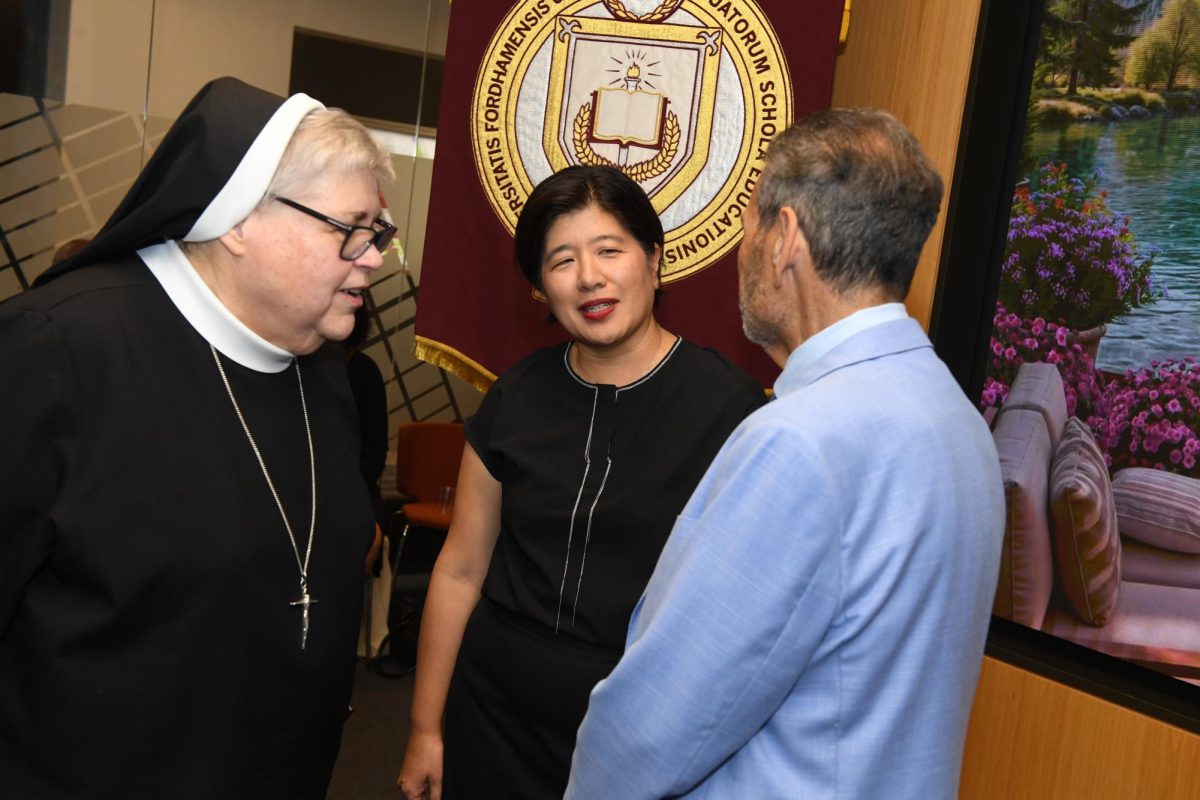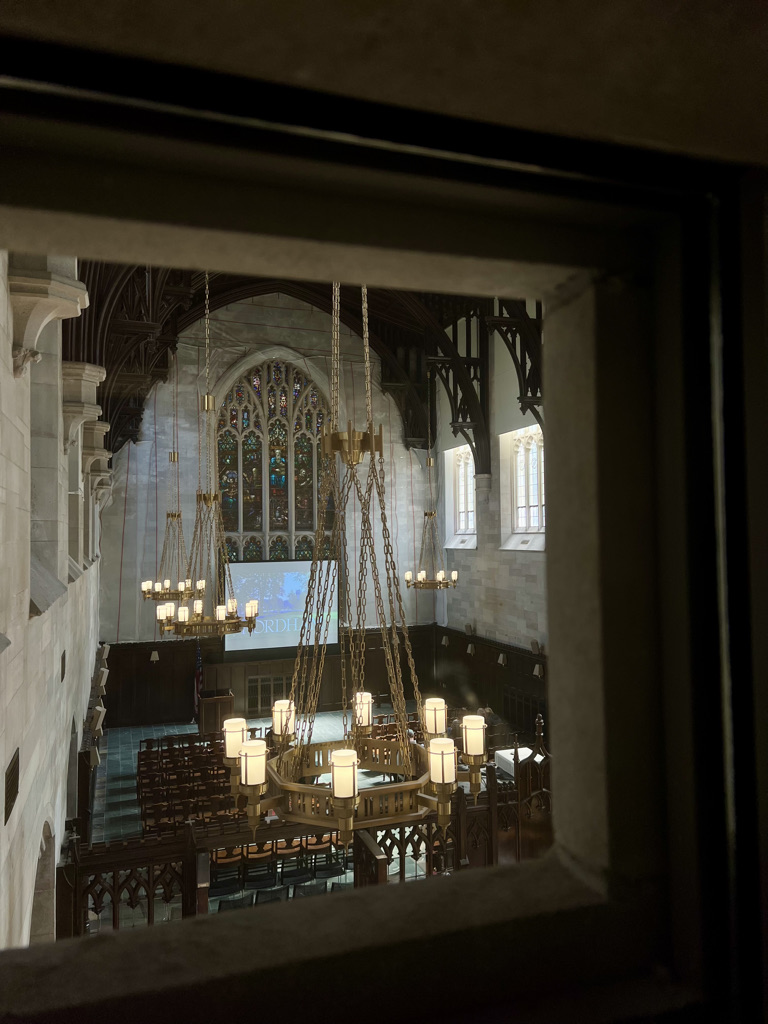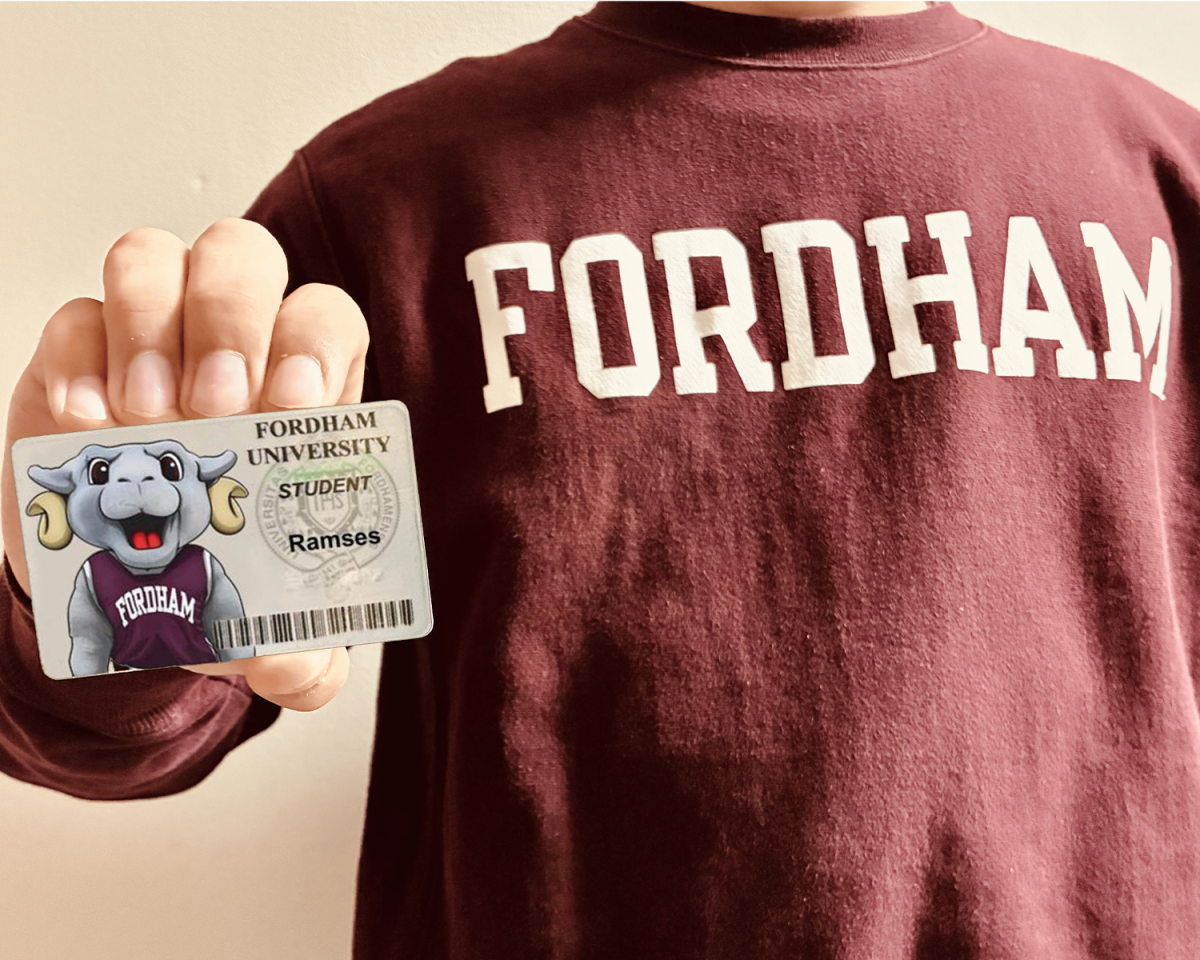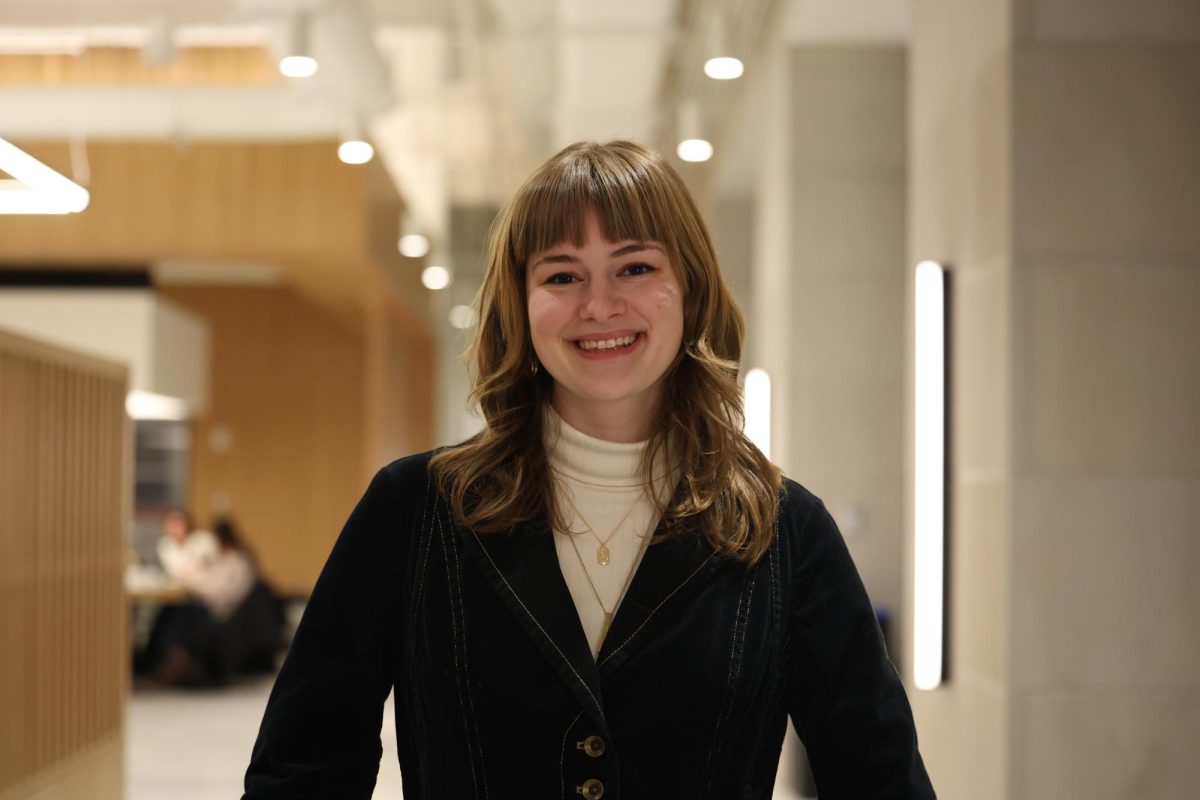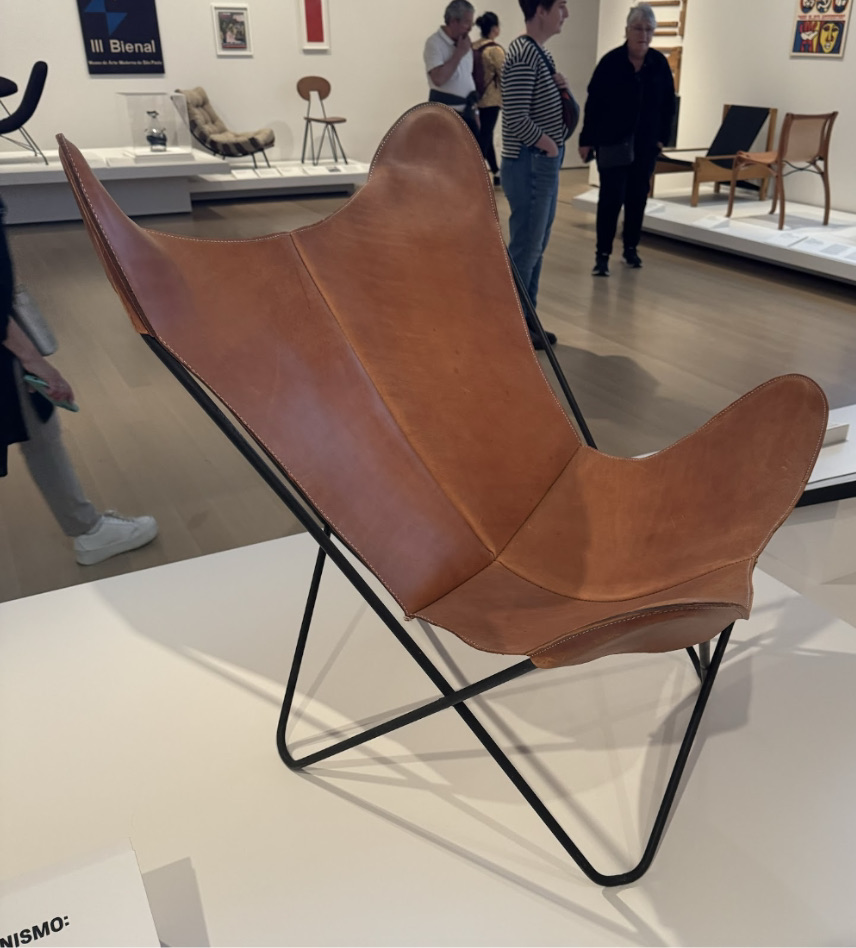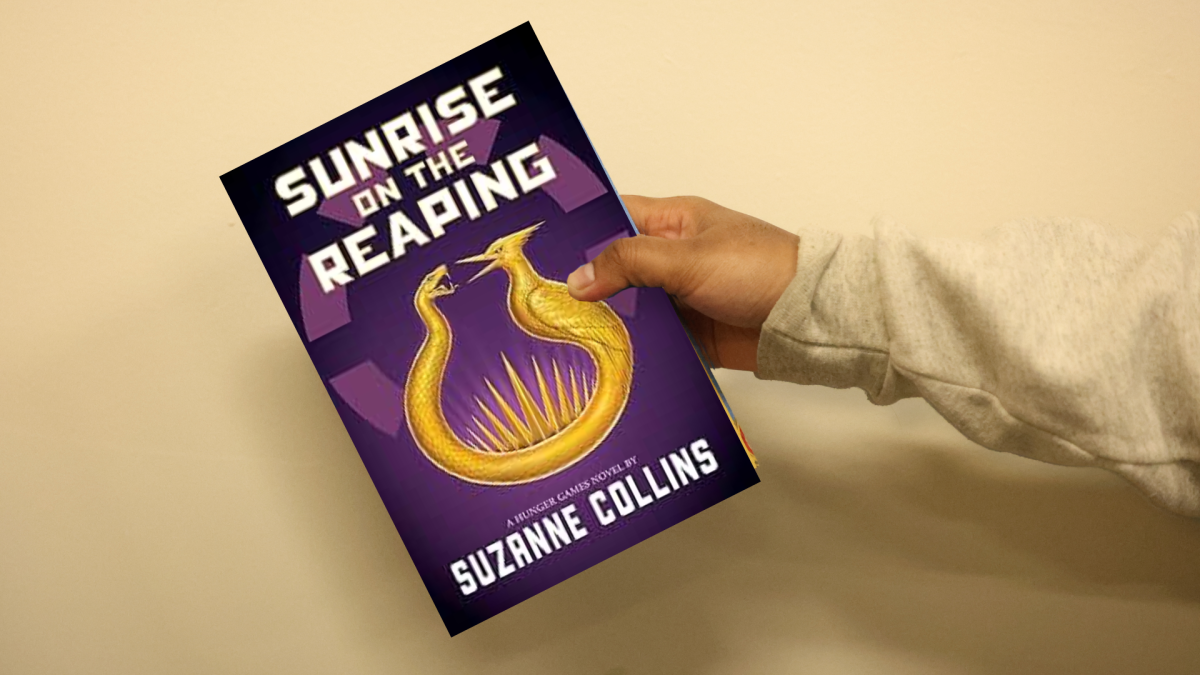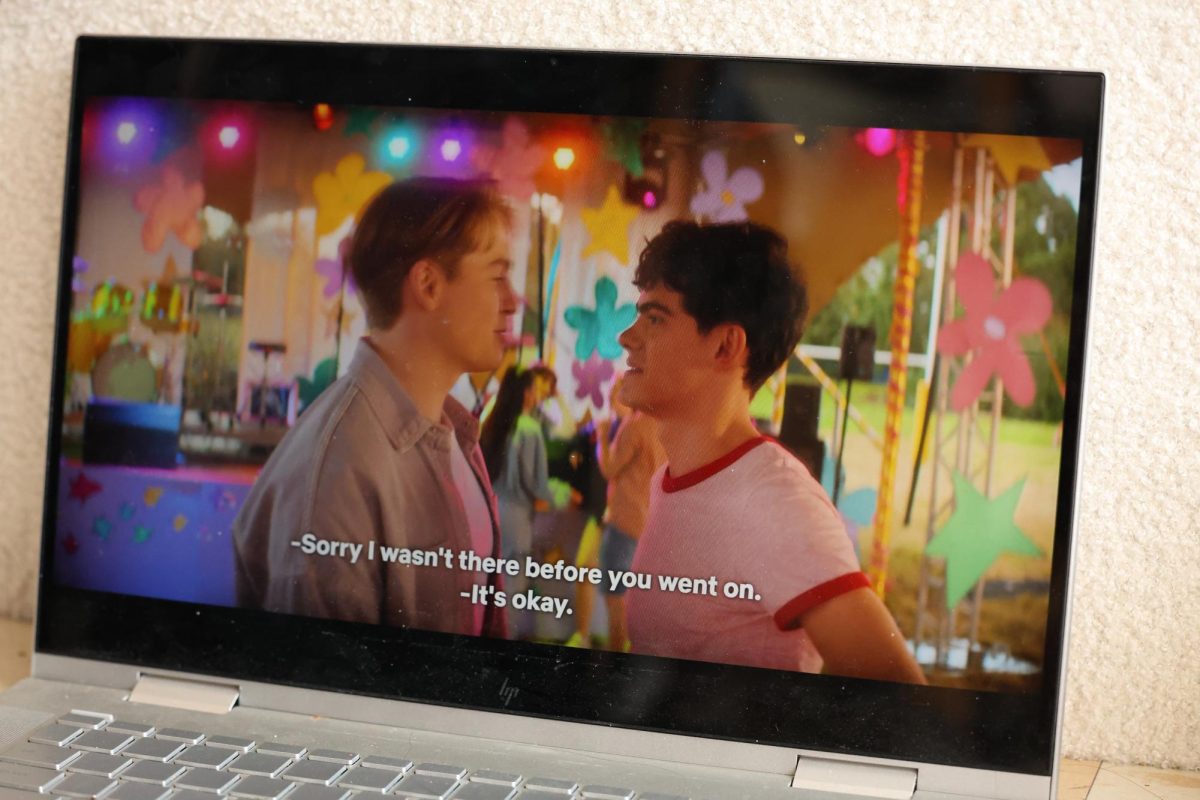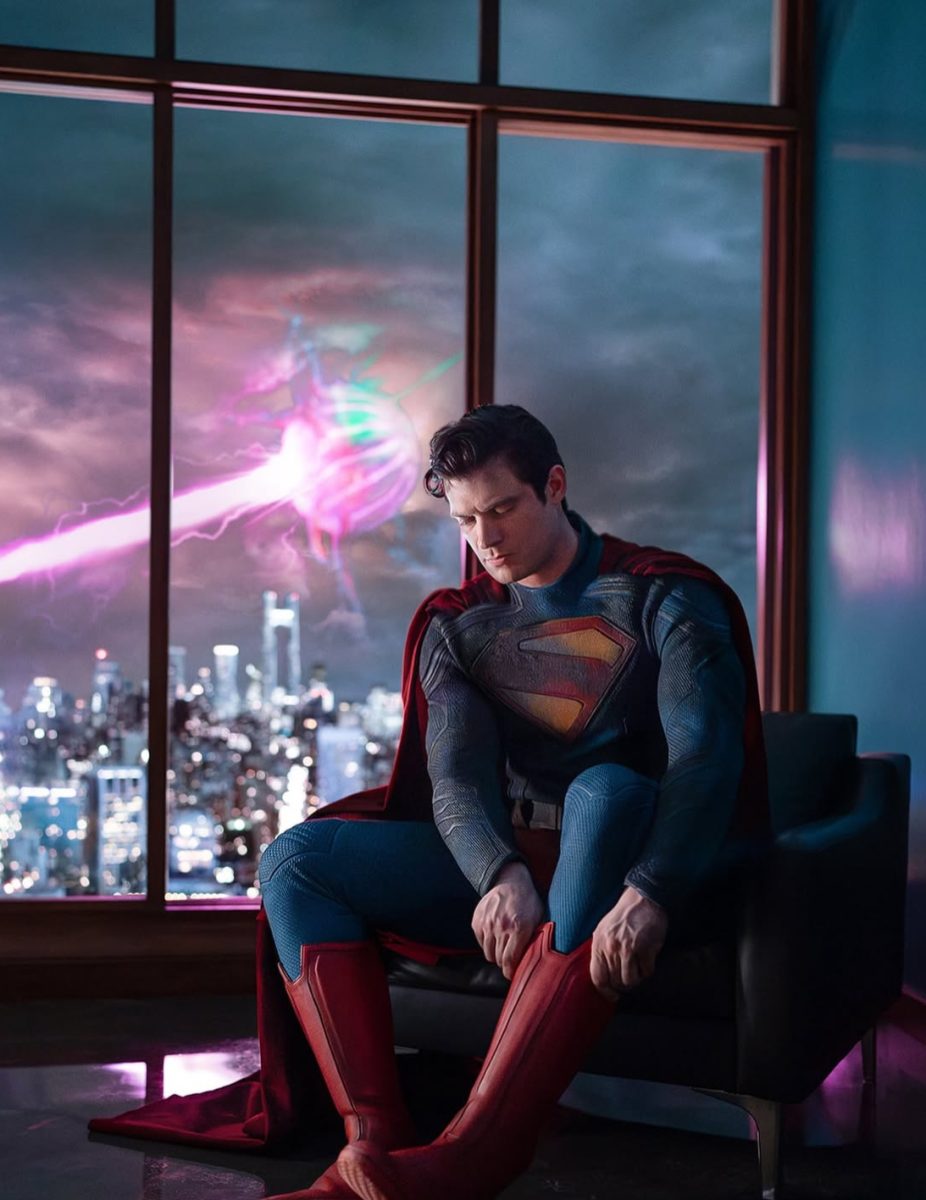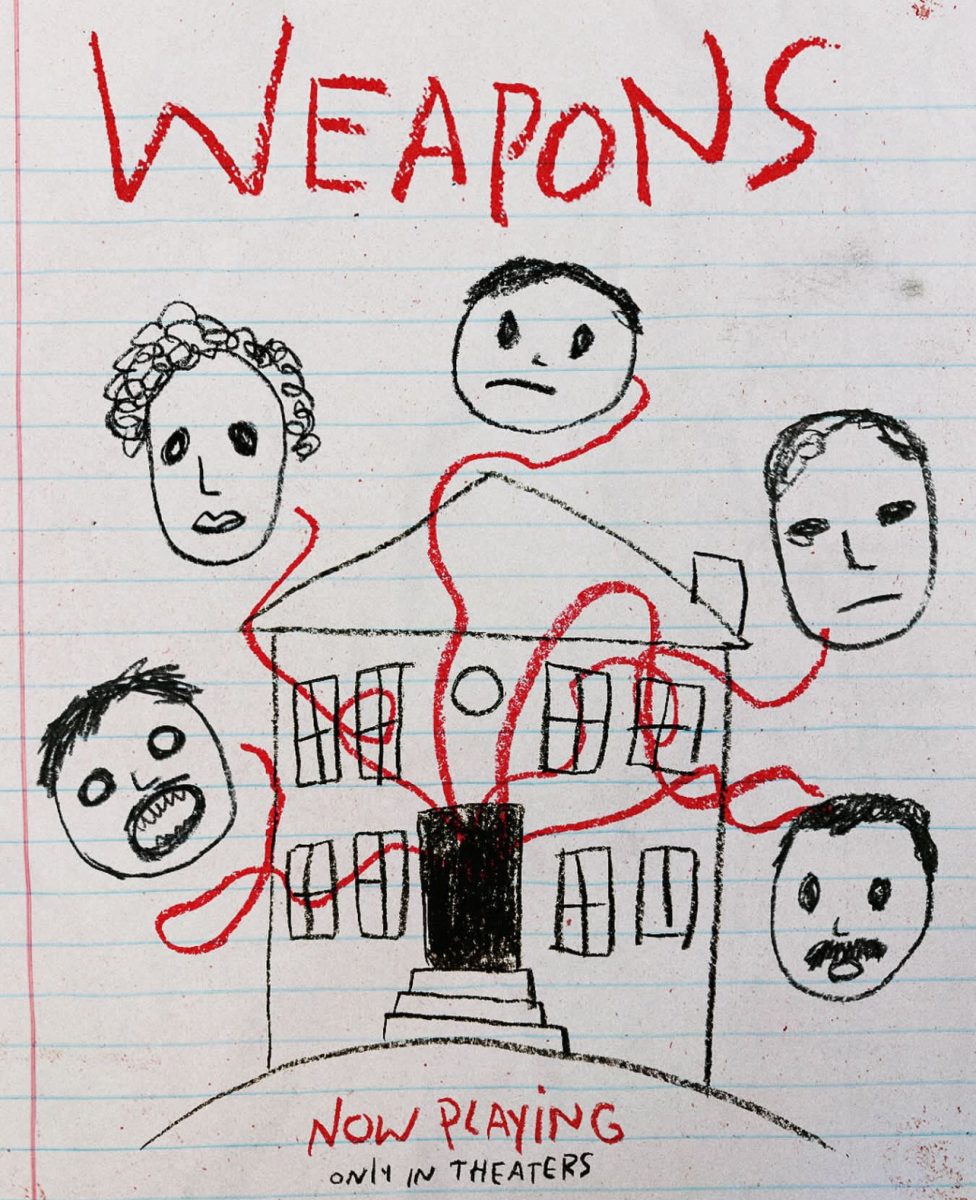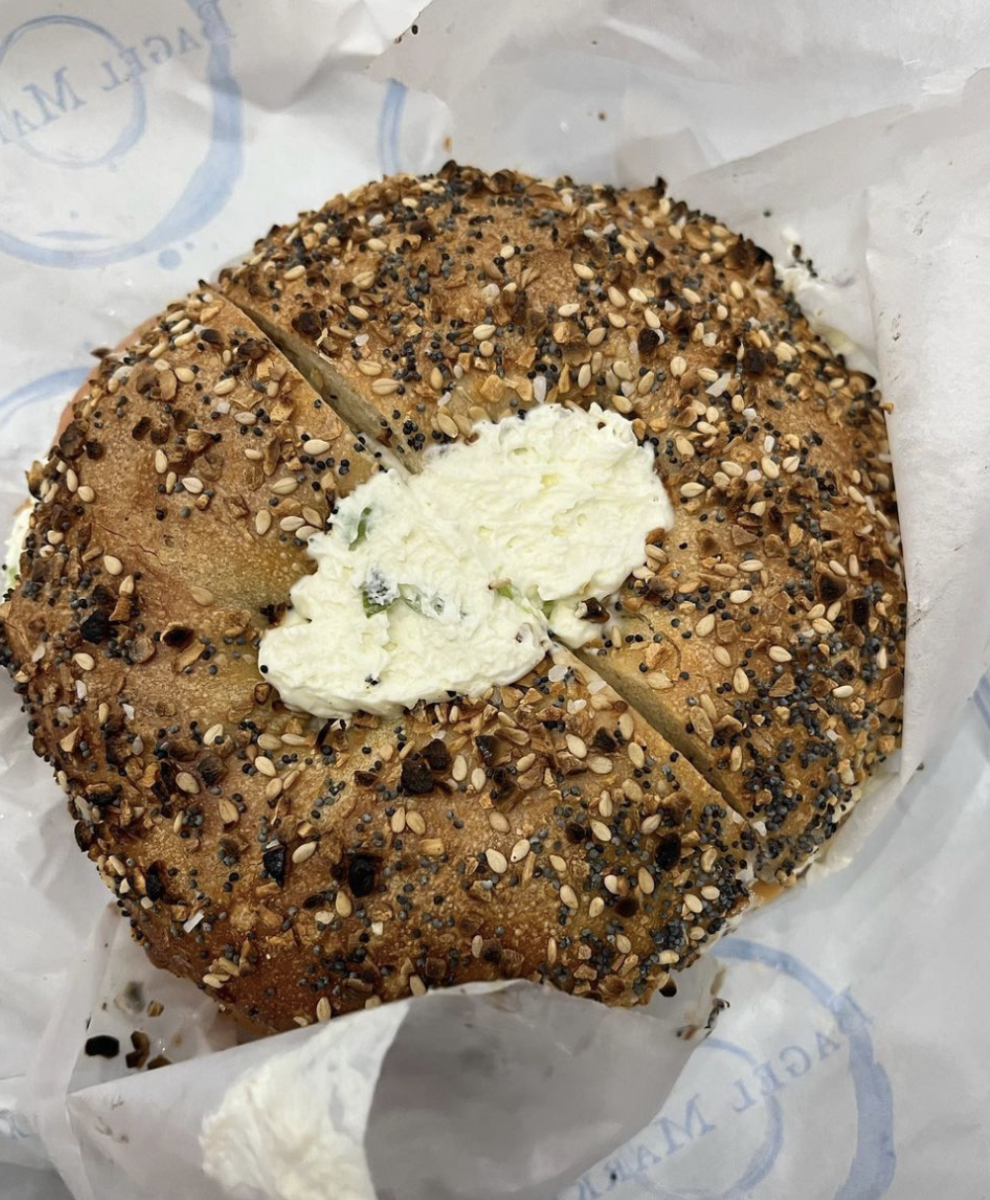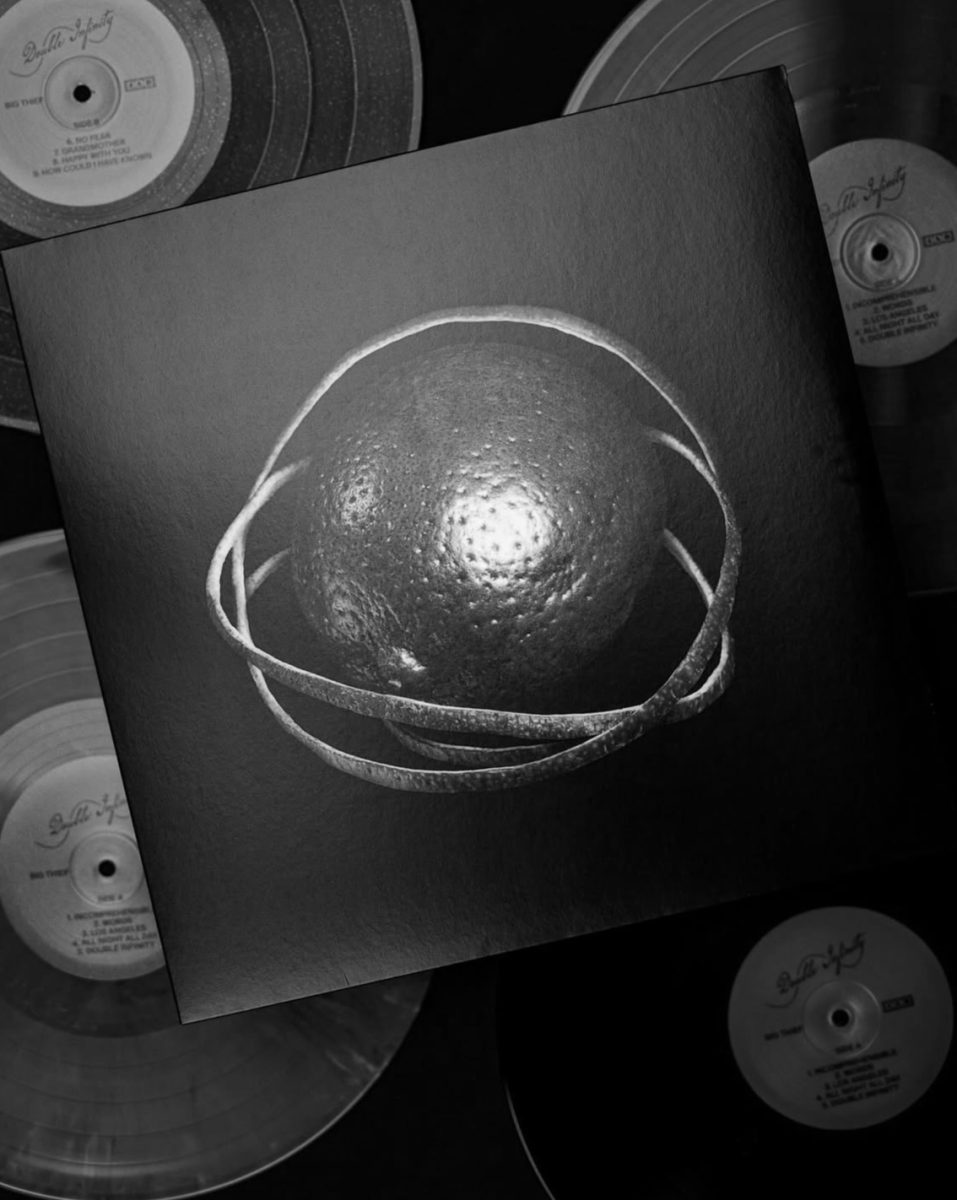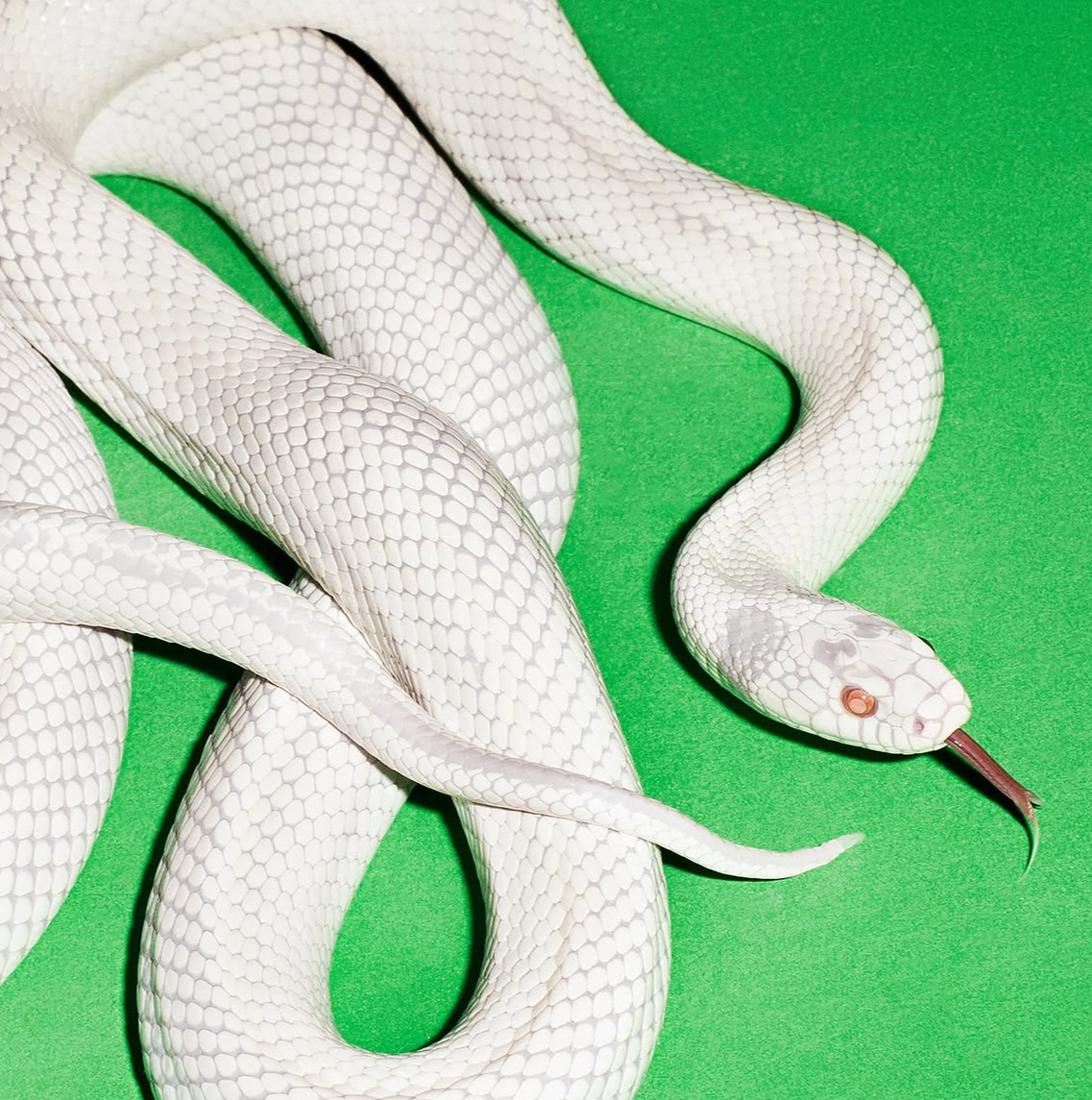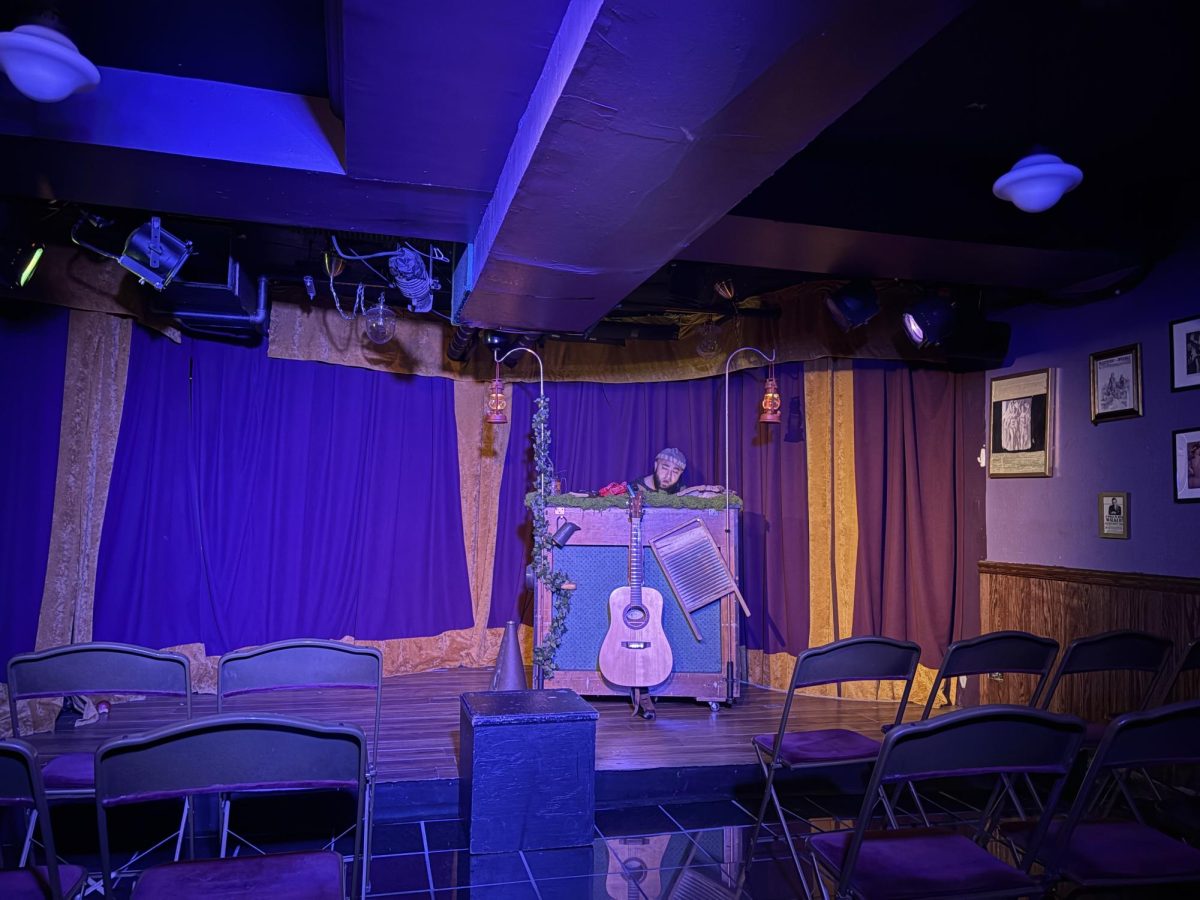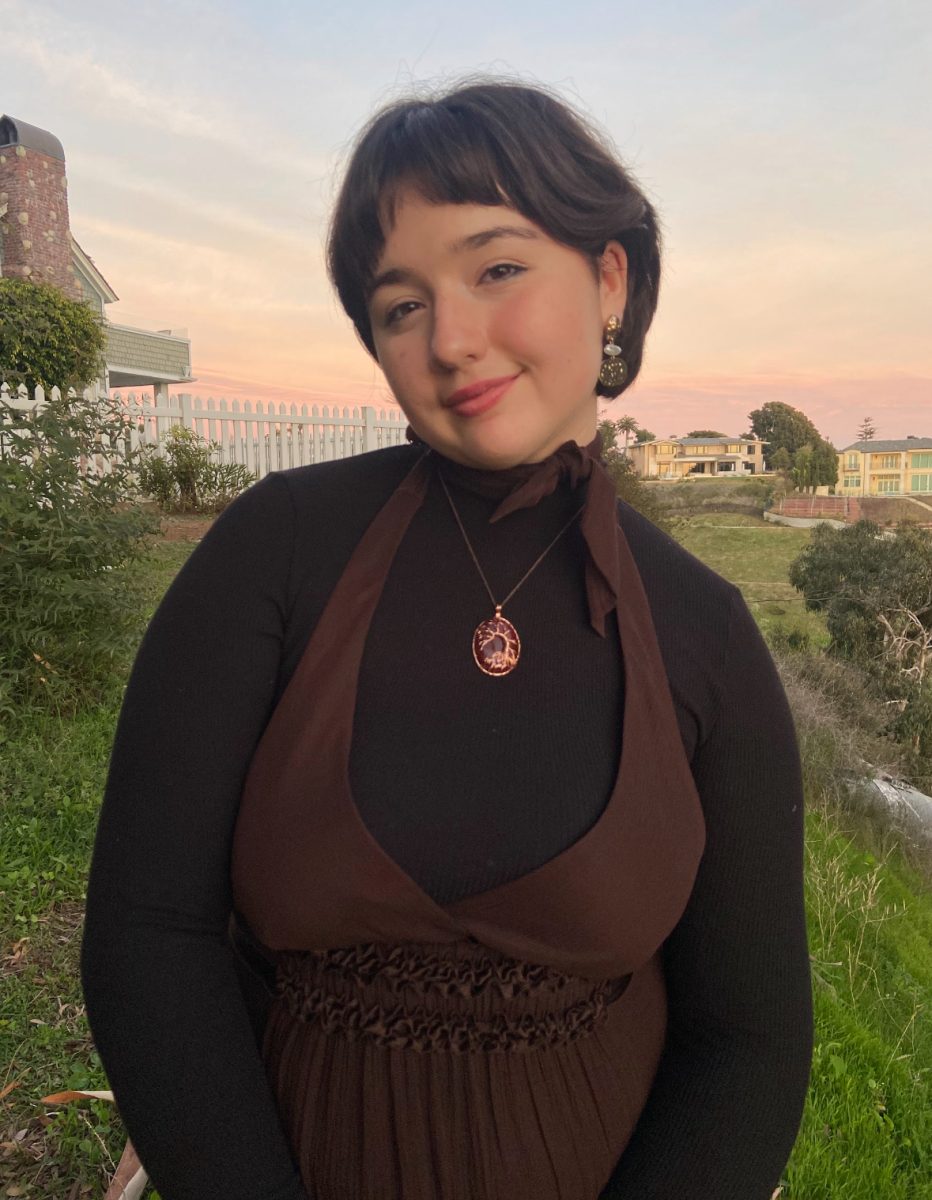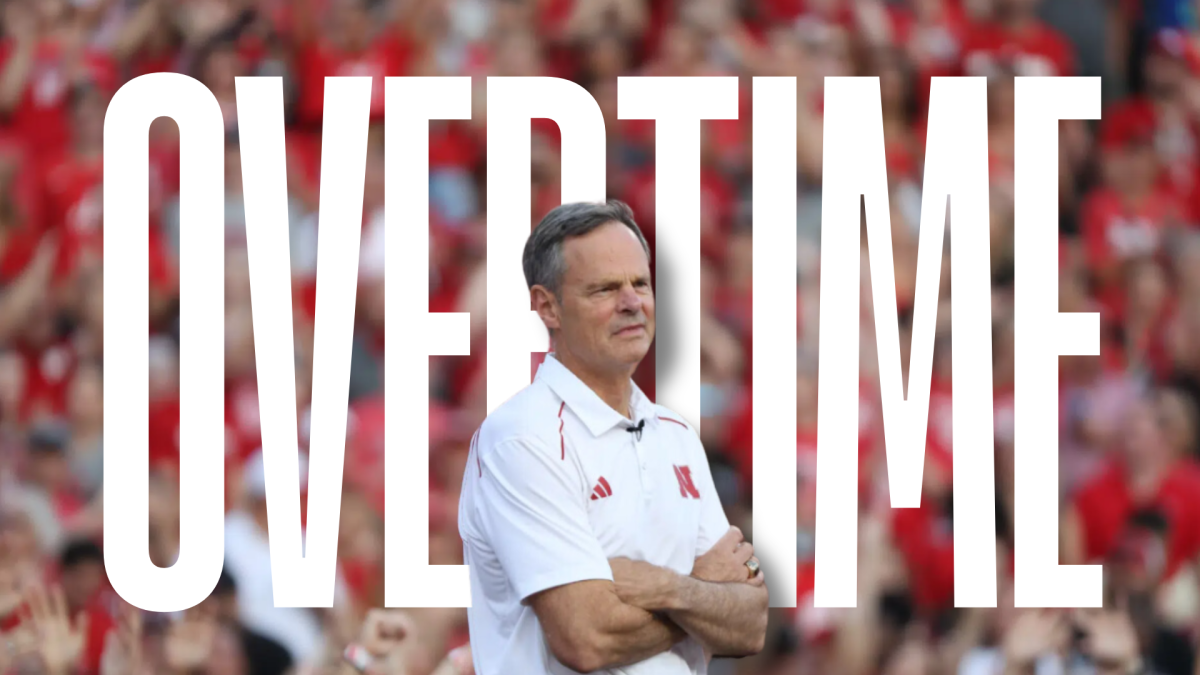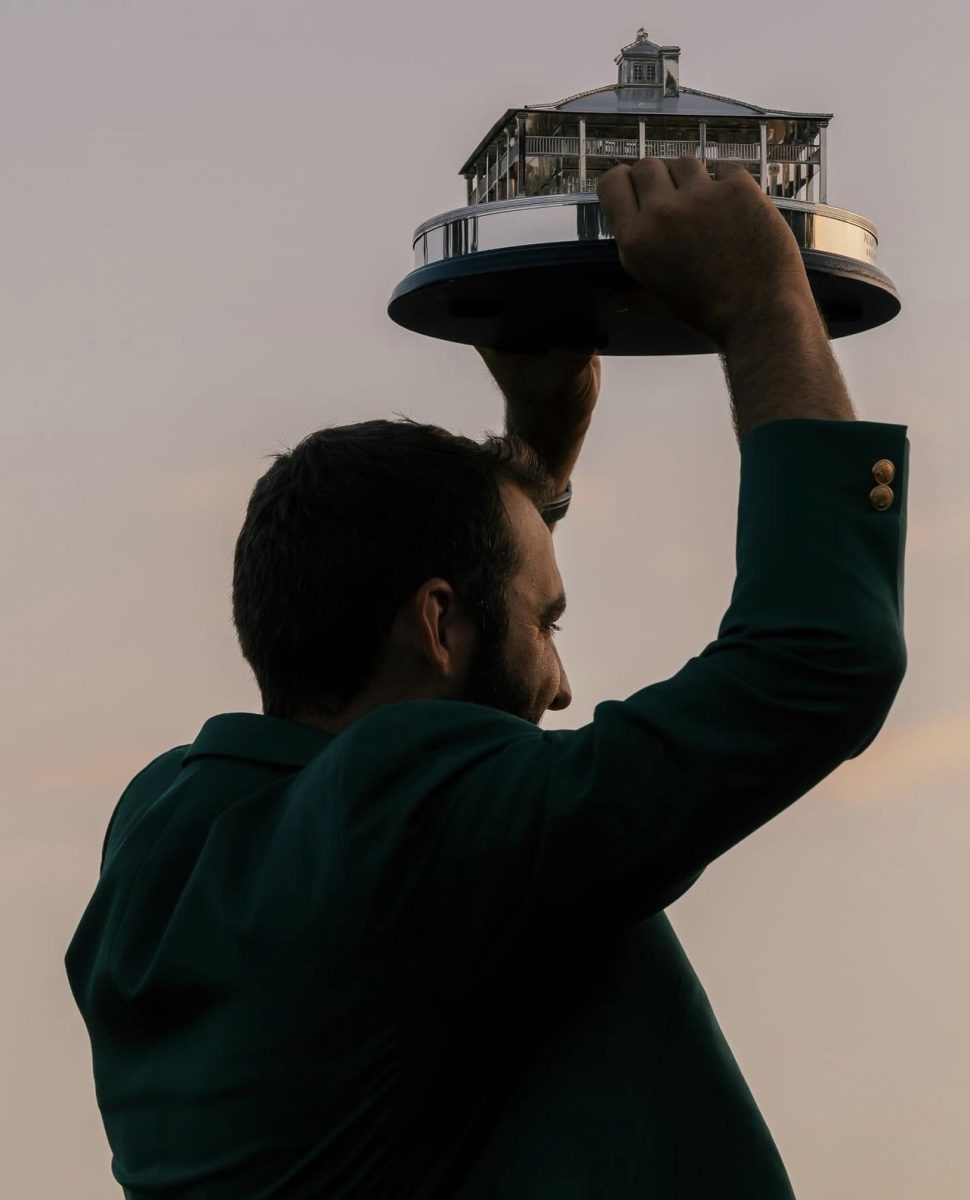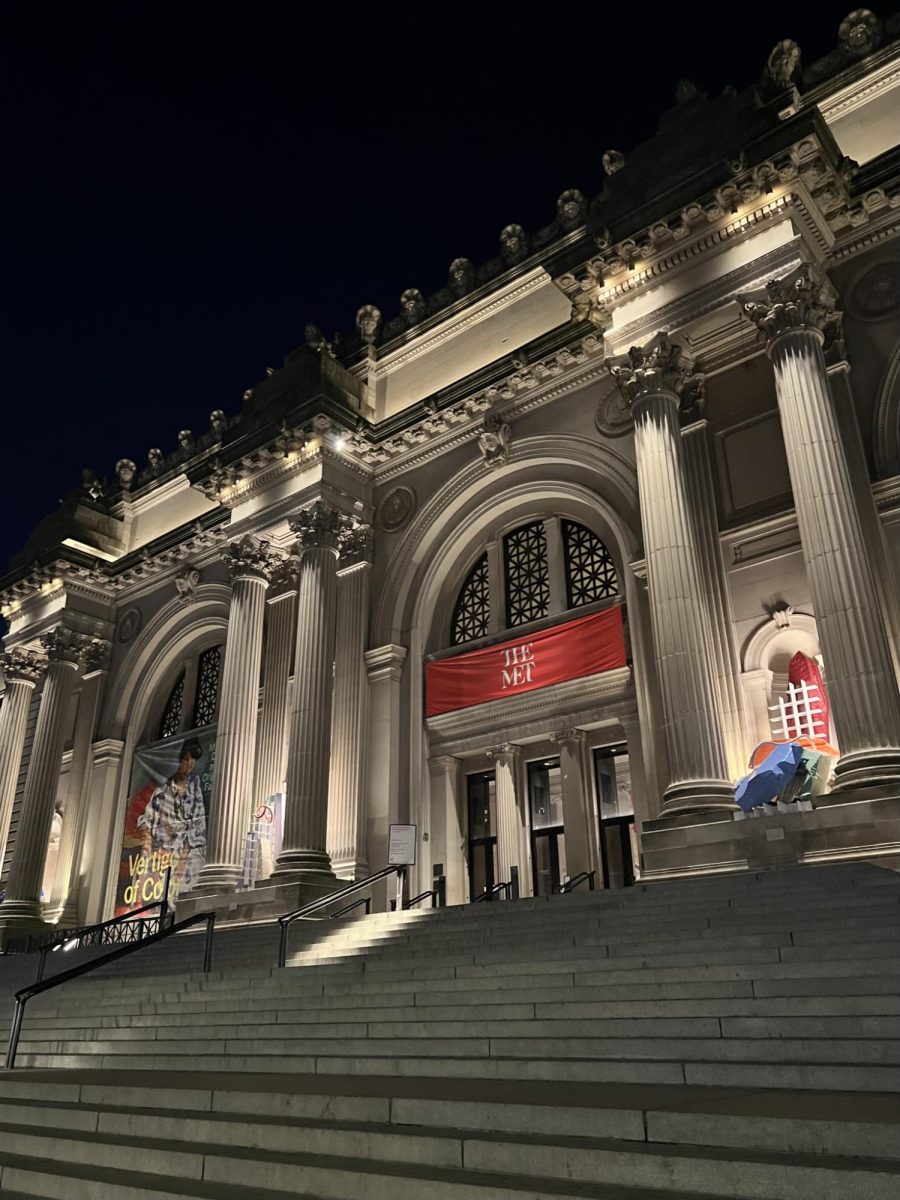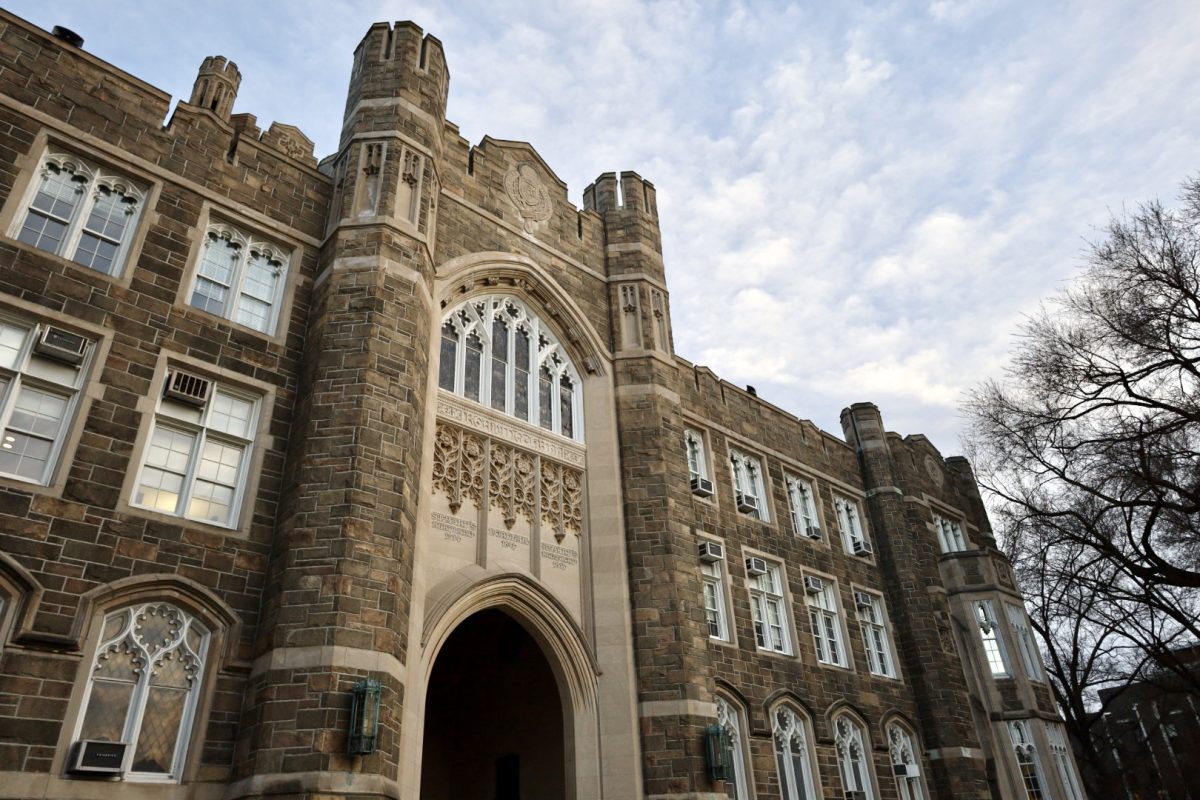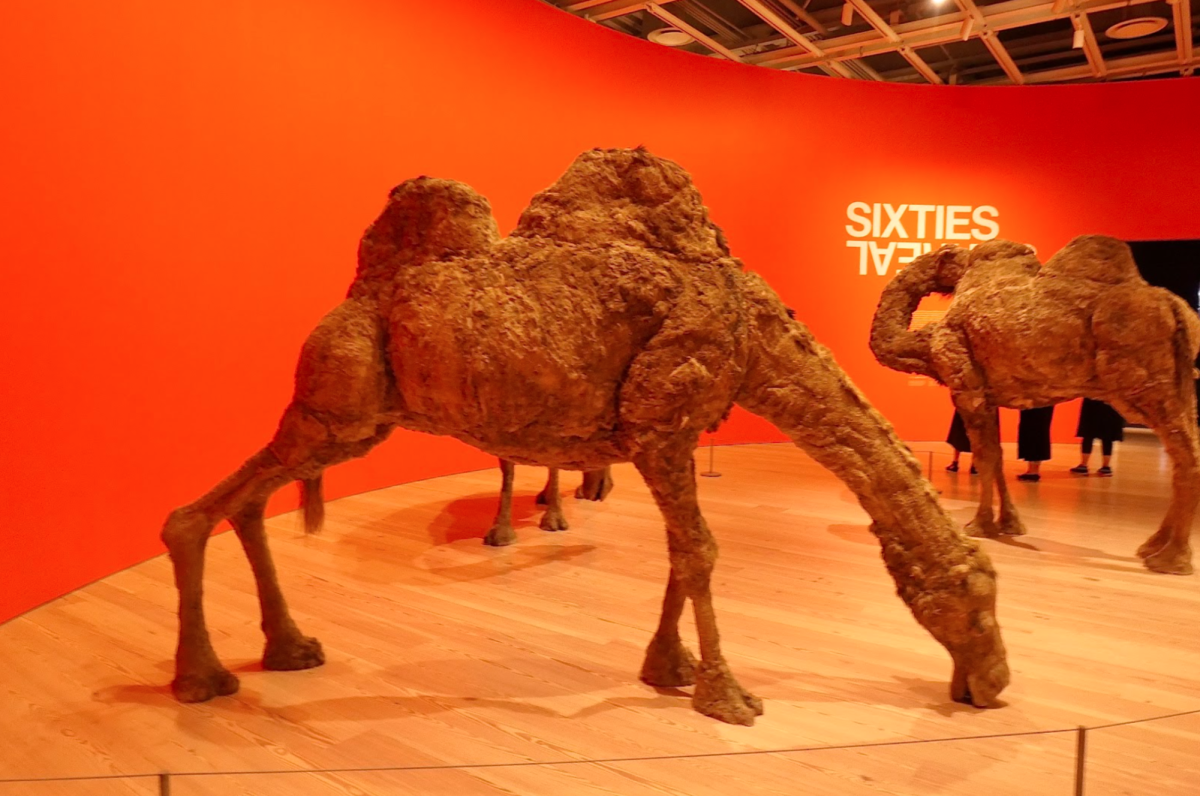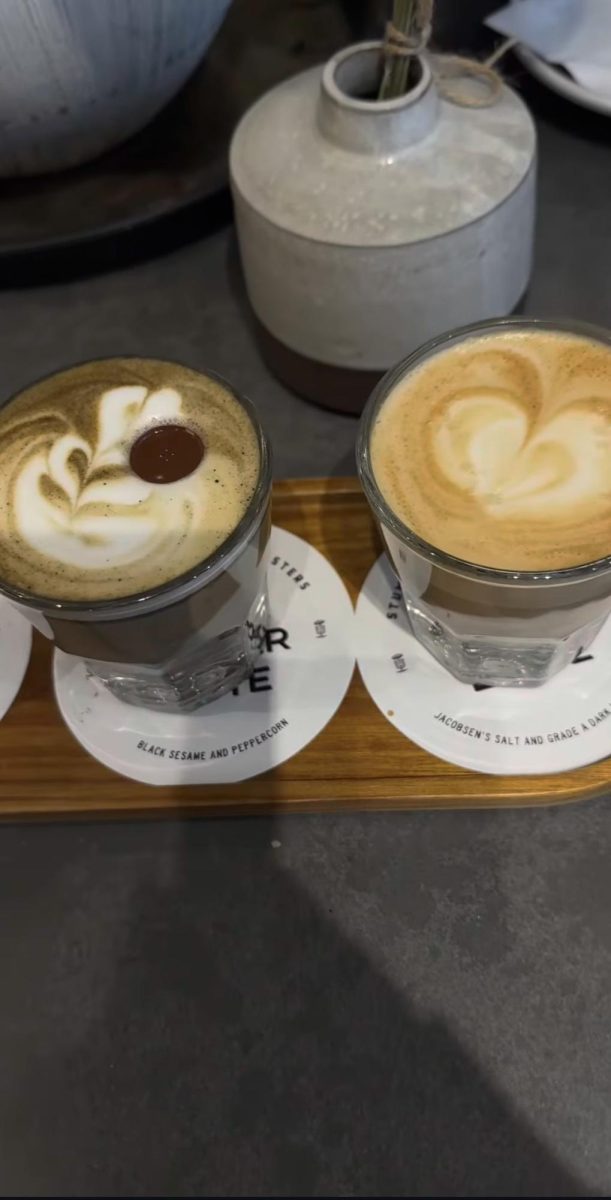The Met’s New Facade
The annual facade commission outside the Metropolitan Museum of Art’s Fifth Avenue entrance has been installed and will remain in place until May. Iranian-German artist Nairy Baghramian created four vibrant aluminum-based sculptures that seem to spill out of the niches that line the Met’s front entrance. These statues are no exception to Baghramian’s usual artistic specialty: abstract and modern art, a style that might seem at odds with the 19th-century Beaux-Arts architectural style of the Met. However, the striking colors and fluid shapes presented by the sculptures mesh well and add a pop of color to the museum’s facade.
Baghramian took inspiration from several sources when designing her installation. First is the fragmented antique statues in the Met’s collection. The Classical Greek and Roman wing of the Met boasts thousands of statues, but given the nature of time many have been broken and are displayed in only pieces of their original selves. Baghramian wanted to evoke this fractured, delicate nature of sculpture when designing her installation. The pieces on the Met’s facade appear fractured and disparate, each an amalgamation of movement and color that somehow comes together to portray a seemingly incomplete but beautiful and distinctive piece.
These ideas of the incomplete and fragmented also come to fruition in Baghramian’s sculptures through the themes of flotsam and jetsam washed up on the beach. Flotsam and jetsam are much like the incomplete classical sculptures in the Met’s collection: fragmented but still beautiful and able to tell at least part of their story. Baghramian’s statues outside the Met offer a similar feeling to viewers at flotsam and jetsam. They are fragmented and abstract; their whole story cannot be told, but they are beautiful and inspiring nonetheless.
A third place from which Baghramian took inspiration is the panoramic nature from which statues are supposed to be viewed. In a video interview posted on the Met’s website, Baghramian mentions that in order to truly know a three-dimensional piece like a sculpture, you must view it from all angles. This notion is presented with her new pieces because they could be viewed from any position; there is no front or back of them. This idea is where she got the name of the exhibit, “Scratching the Back,” a play on the phrase “scratching the surface.” Baghramian was also intrigued by this notion of front versus back since the Met’s current Fifth Avenue entrance used to be the back of the museum. The entrance to the museum used to face Central Park, but in 1902 was shifted to face Fifth Avenue. All of these factors together prompted Baghramian to create the unique and dynamic pieces on display.
The sculptures are small and difficult to see from certain angles, but walking back and forth in front of the facade offers a wonderful, more comprehensive view of the art. To view the sculptures, I took the Ram Van from Rose Hill to Lincoln Center, walked through Central Park, enjoyed last weekend’s sunshine and took in the bustle of visitors to the Met and the vibrancy of Fifth Avenue. Since the installation is public, you can view it for free, but it can add to your understanding of the pieces if you order a pay-what-you-wish student ticket (online or in-person) and explore the classical Greek and Roman wing.
Baghramian’s sculptures are a beautiful addition to the Met’s facade, and are well worth the visit to their Fifth Avenue location.





